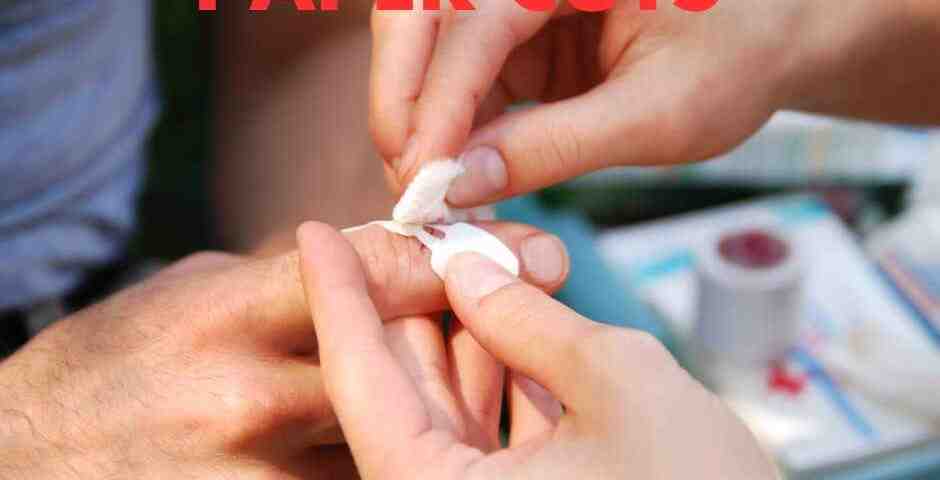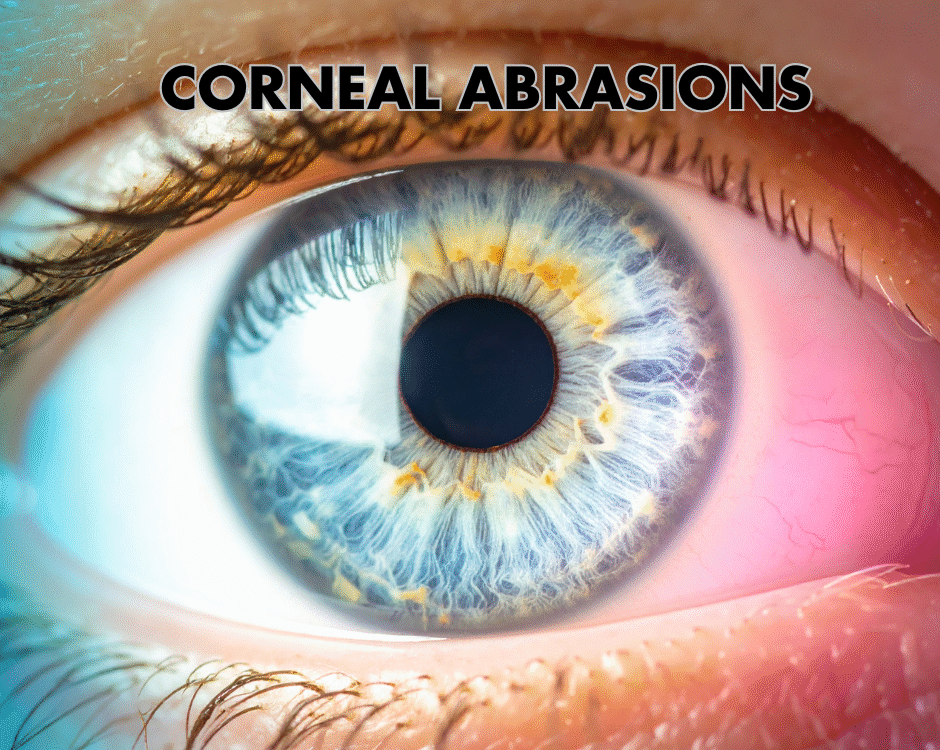Ouch! That Paper Cut Hurts Bad!

Let’s NOT Get That Stomach Bug- Tips!
October 18, 2024
The Excellent Benefits of Chiropractic Care After a Slip and Fall Accident
October 18, 2024- Accident doctor
- accupuncture
- airplane headache
- alzheimer's
- best habits
- Brain Injuries
- car accident
- car accidents
- cervical strain
- colds
- concussion
- Concussions
- disc bulge
- dosage meds
- dry needling
- dull pain
- E bike injuries
- florida
- good posture
- headaches
- Headrest positions
- Headrest positions after an accident
- Healthy choices
- Healthy flying
- healthy gift guide
- Healthy SPring Ideas
- hip pain
- hyperextension
- injury doctor
- insurance
- Kayaking
- kentucky
- kids motion sickness
- lifestyle
- motion sickness
- neck injury
- no fault insurance doctor
- noise healing
- osteoporosis
- pain symptoms
- pink noise
- posterior chain
- posture
- prevent osteoporosis
- Rest
- Scoliosis
- shoulder pain
- Stress with kids after a motor vehicle accident
- TBI
- tips
- tmj
- torn muscle
- Traumatic Brain Injury
- trigger points
- VitaminD
- What are Post Traumatic headaches?
Why Paper Cuts Hurt So Bad
Everyone has experienced a paper cut at some point in life. You are doing something with a sheet of paper and suddenly get a sharp sting. You look down, and sure enough, you have given yourself a tiny paper cut. For such a simple small cut, it can cause an unexpectedly intense amount of pain. But why does something as thin and harmless as a piece of paper hurt so much? I am Dr. Aaron Workman of Chambers Medical Group, one of the highest rated car accident medical care facilities in Kentucky, and I will talk about
the paper cut and why it feels the way it feels.
The Anatomy of Your Skin
To understand why paper cuts hurt more than they should, it will help you to know a bit about your skin. You have an outer layer of skin called the epidermis that acts as a protective barrier for your body. Under this layer is the dermis which holds lots of nerve endings, blood vessels and sweat glands. It is these nerve endings that send pain signals up to the brain when something is not right.
The Nature of a Paper Cut
Unlike a clean cut made by a sharp object like a knife, paper cuts are irregular. While paper may seem smooth, it actually has microscopic rough edges. When it slices through your skin, it causes tiny, uneven tears instead of a smooth incision. This jagged cut affects more surface area of your skin, irritating more of the sensitive nerve endings. More surface area = More nerves affected = More Pain!
Location Matters
Paper cuts tend to occur on areas like your fingers or hands, which are densely packed with nerve endings. This high concentration of nerves in your fingertips makes them incredibly sensitive to touch and pain, which is why even the smallest injury in these areas feels so miserable. These are the areas in constant use which makes it impossible to avoid irritation. This will also slow down the healing process and you will likely feel the pain from the cut longer.
Pain Without Bleeding
Paper cuts typically bleed less, which ends up leaving the nerve endings more exposed than scabbed over. For this reason, the nerve endings remain irritated which makes the pain worse whenever you move your fingers or touch something with the cut. These cuts usually do not go deep enough to reach the blood vessels and therefore do not trigger the body’s healing process immediately following. Paper cuts are just far enough to irritate the nerve without blood.
It Hurts More Than a Big Cut
The trick of the paper cut is that even though it is small, it often feels more painful than larger lacerations. A larger cut on a less sensitive area might cause less pain simply because it does not irritate as many nerves. When you expect a small cut to hurt less and you get the opposite, sometimes it can make the pain even more intense.
A paper cut should seem like a small, insignificant injury, but it packs a punch because of the abundance of nerve endings. When you pair the large amount of nerve endings affected, the jaggedness of the cut, along with the frequency of irritation due to location of the cut, they can be a miserable injury for a short amount of time. Luckily, it is usually an easy fix for your body and not a dangerous injury. They can be a reminder of how big an impact the small injuries can have on our daily routines.
— This article is written by Aaron Workman, DC, one of the members of Chambers Medical Group’s team of car accident chiropractors who offer a variety of treatments and therapies ranging from diagnostic testing to various soft tissue therapies for car accidents and injuries in Kentucky.
- Car Accident Medical Clinic in Tampa
- Car Accident Medical Clinic in Plant City
- Car Accident Medical Clinic in Brandon
- Car Accident Medical Clinic in Lakeland
- Car Accident Medical Clinic in Sarasota
- Car Accident Medical Clinic in Louisville
- Car Accident Medical Clinic in Lexington
- Car Accident Medical Clinic in Florence




